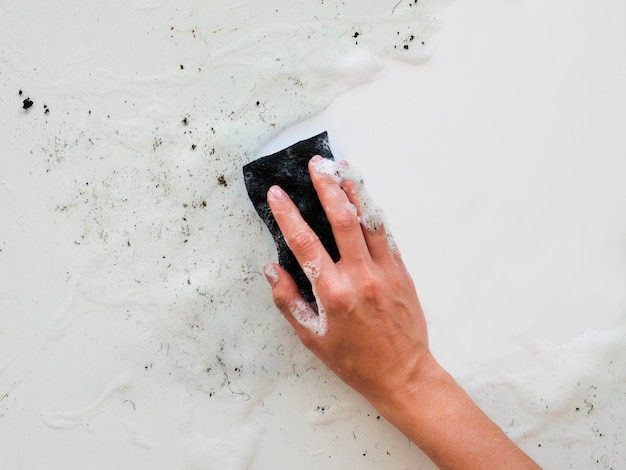
Effective Byram Crawl Space Mold Removal Solutions
In Byram, crawl space mold is a persistent issue that can affect the structural integrity of homes and pose health risks to inhabitants. Mold thrives in damp, dark environments, making crawl spaces particularly susceptible. Addressing mold in these areas is crucial for maintaining a healthy living environment and safeguarding property value. This article explores effective solutions for mold removal in crawl spaces, providing homeowners with guidance on managing and preventing mold issues.
Understanding Crawl Space Mold
Mold is a type of fungus that can grow in various environments, particularly those with excessive moisture. Crawl spaces often provide the ideal conditions for mold growth due to poor ventilation, leaks, and high humidity levels. Understanding the types of mold commonly found in crawl spaces and their potential impact is the first step toward effective mitigation.
- Common Types of Mold: Black mold, white mold, and green mold are frequently encountered in crawl spaces.
- Health Risks: Exposure to mold can cause respiratory issues, allergic reactions, and other health problems.
- Structural Concerns: Mold can weaken wood and other building materials, leading to significant structural damage.
Identifying Mold in Crawl Spaces
Early detection of mold is essential for effective removal and prevention of further growth. Homeowners should regularly inspect their crawl spaces for signs of mold.
- Visible Mold Growth: Look for discolored patches on walls, floors, and joists.
- Musty Odors: A persistent, musty smell often indicates mold presence.
- Increased Allergy Symptoms: Heightened allergies or respiratory issues can be signs of mold exposure.
For a comprehensive understanding of identifying mold, read more about this topic.
Effective Mold Removal Solutions
Professional Mold Remediation
Professional mold remediation services are a reliable solution for addressing severe mold infestations. These services typically involve thorough inspection, containment, and removal of mold, followed by cleaning and dehumidification.
- Inspection and Assessment: Experts evaluate the extent of the mold issue and identify the source of moisture.
- Containment: Measures are taken to prevent mold spores from spreading to other areas.
- Removal: Mold is physically removed from surfaces, often using specialized equipment.
- Cleaning and Dehumidification: The area is cleaned and dried to prevent future mold growth.
Learn more in this detailed guide about professional mold remediation processes.
DIY Mold Removal Techniques
For minor mold issues, homeowners may choose to undertake removal themselves. However, caution and proper equipment are necessary to ensure effectiveness and safety.
- Protective Gear: Wear gloves, masks, and goggles to avoid exposure to mold spores.
- Cleaning Solutions: Use vinegar, baking soda, or commercial mold removers to clean affected areas.
- Ventilation: Ensure adequate ventilation during and after cleaning to help dry out moisture.
- Moisture Control: Fix leaks and use dehumidifiers to maintain low humidity levels.
Explore further insights here on effective DIY mold removal techniques.
Preventing Future Mold Growth
Prevention is the most effective strategy against mold in crawl spaces. Implementing preventive measures can significantly reduce the risk of mold recurrence.
- Improve Ventilation: Install vents or fans to enhance airflow and reduce humidity.
- Monitor Humidity Levels: Use a hygrometer to keep humidity below 60%.
- Waterproofing: Seal cracks and install vapor barriers to prevent moisture intrusion.
- Regular Inspections: Conduct routine checks for leaks and water damage.
Find additional information on mold prevention here.
In summary, addressing crawl space mold requires a combination of identification, removal, and prevention strategies. Whether opting for professional remediation or DIY solutions, understanding the causes and implementing effective measures is essential for maintaining a safe and healthy home environment.